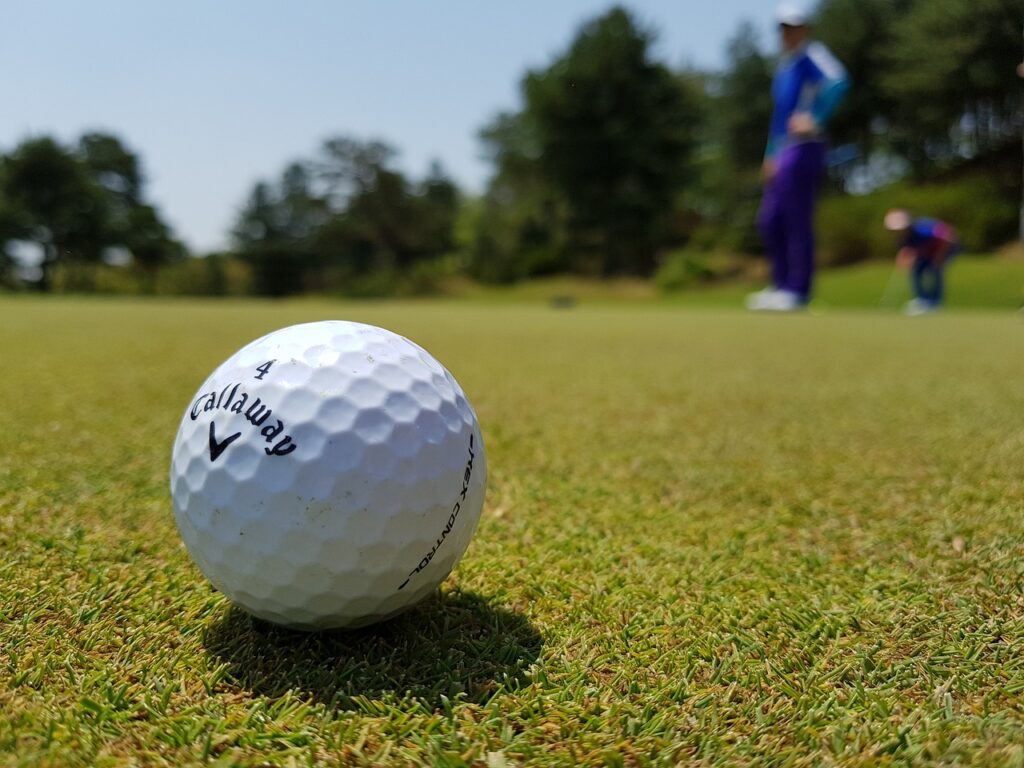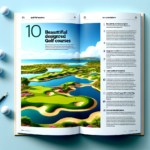
Imagine stepping onto a prestigious golf course, ready to challenge your skills and soak in the breathtaking surroundings. As you prepare for that perfect swing, you can’t help but wonder: how do weather conditions influence the playability of these renowned courses? The answers lie in the delicate balance between golfing mastery and nature’s whims, where wind, rain, and even temperature can drastically alter the game. In this article, we’ll explore the impact of weather conditions on playability at top golf courses, uncovering the secrets behind this fascinating relationship. Get ready for a journey that will leave you with a newfound appreciation for the marriage of sport and weather.
Impact of Weather Conditions on Playability at Top Golf Courses

The Importance of Weather Conditions in Golf
As a golfer, you are well aware of how weather conditions can greatly impact your game. The weather not only affects the overall experience but also has a significant impact on the playability of top golf courses. Understanding the influence of weather conditions on playability is crucial for any golfer looking to improve their game.
Course Design and Weather Considerations
Top golf courses take weather conditions into account when it comes to their design and maintenance. By understanding the local weather patterns and considering factors such as rainfall, wind direction, and temperature variations, course designers create layouts that can withstand different weather scenarios. Drainage systems are implemented to handle heavy rain and prevent waterlogging, while the positioning of trees and natural wind barriers enhances the overall golfing experience.
Effect of Rain on Playability
Rainfall can drastically affect the playability of golf courses. The condition of greens, water hazards, bunkers, and fairways can be significantly altered by heavy rain. Greens become softer and slower, making it challenging to judge the speed and break of putts. Water hazards may overflow, affecting shot placement and strategy. Bunker playability is also compromised as the sand becomes heavier and less consistent. Additionally, players need to consider the equipment they use, as wet conditions can impact club performance and affect ball control.
Effect of Wind on Playability
Wind is a natural element that has a profound impact on the game of golf. The speed and direction of the wind greatly influence ball flight and trajectory. Playing in a strong headwind requires more power and adjustments in club selection, while a tailwind can enhance distance. Crosswinds demand greater precision and can make shots more challenging. Wind also affects putting, as it can influence the path and speed of the ball. Overall, wind conditions play a significant role in determining strategy and tactics on the course.

Effect of Temperature on Playability
Temperature variations can affect various aspects of the game. A higher temperature results in golf balls traveling longer distances due to the compression of the core. Conversely, colder temperatures can lead to reduced ball distance and compression. The temperature also affects the speed and firmness of the greens, impacting both putting and approach shots. Players must also consider their physical condition in extreme temperatures, ensuring they stay hydrated and maintain their energy levels. Adjustments to club grips and other equipment may be necessary to accommodate temperature changes.
Effect of Humidity on Playability
Humidity levels can impact the playability of golf courses in several ways. The air density, influenced by humidity, affects the flight of the ball. Higher humidity leads to denser air, causing the ball to travel shorter distances. Conversely, lower humidity allows the ball to travel farther. Humidity also affects club grip and feel, as sweaty hands can result in a loss of control. Putting speed and control can be influenced by humidity, as greens may become slower or faster depending on the moisture levels. It is important for players to stay hydrated and maintain their stamina in humid conditions.

Effect of Sunlight on Playability
The amount of sunlight and its positioning throughout the day can impact playability. Glare and visibility issues may arise when playing directly into the sun, making it difficult to see your target and judge distances accurately. Course topography and the presence of shadows can provide relief from the sun’s glare, making certain areas more favorable. Ground heat can also affect green conditions, as excessive sunlight can result in dry and faster greens. Players must be aware of these factors and adjust their shots and strategies accordingly.
Effect of Fog and Mist on Playability
Fog and mist can create challenging conditions for golfers. Visibility impairment is the most significant concern, as it becomes difficult to spot hazards and accurately judge distances. The ball may also become damp, affecting both its flight and control. Course moisture caused by fog and mist can make the fairways and greens slippery, demanding precise footwork and shot selection. It is crucial for players to exercise caution and adapt their game plan when facing these weather conditions.

Effect of Snow and Ice on Playability
Playing golf in snowy and icy conditions presents unique challenges. Control and distance are major factors affected by the snow cover, as the ball may not roll or travel as far as expected. Shots require more precision and adjustment due to reduced bounce and grip. Ice presents additional hazards, both on the course and when walking. Golfers need to take extra precautions to prevent slipping and to ensure the safety of all players. Many top golf courses close during snowy and icy conditions to protect the course and prevent injuries.
Seasonal Weather Variations and Playability
Each season brings its own set of weather conditions, impacting the playability of golf courses differently. In spring, courses may be wetter due to increased rainfall, requiring golfers to adapt playing strategies accordingly. Summer conditions often bring drought and higher temperatures, creating faster and firmer greens. Autumn may bring cooler temperatures and changing foliage, which can affect ball visibility and require adjustments in club selection. Winter brings snow and ice, leading to course closures and limited playability.
Understanding how weather conditions evolve throughout the seasons is essential for golfers to optimize their performance and enjoy the game in varying conditions.
In conclusion, weather conditions have a significant impact on the playability of top golf courses. From rain to wind, temperature to humidity, sunlight to fog, and even snow and ice conditions, each factor poses unique challenges for golfers. Course designers consider weather patterns during the design and maintenance stages, implementing strategies such as drainage systems and natural wind barriers. As a golfer, being aware of how weather conditions influence your game and adapting your strategies accordingly will help you navigate and overcome the challenges you may face on the course. So next time you step onto a top golf course, take a moment to consider the impact of weather conditions and embrace the opportunity to enhance your golfing experience.







